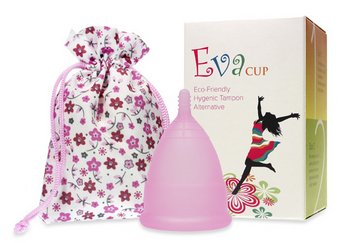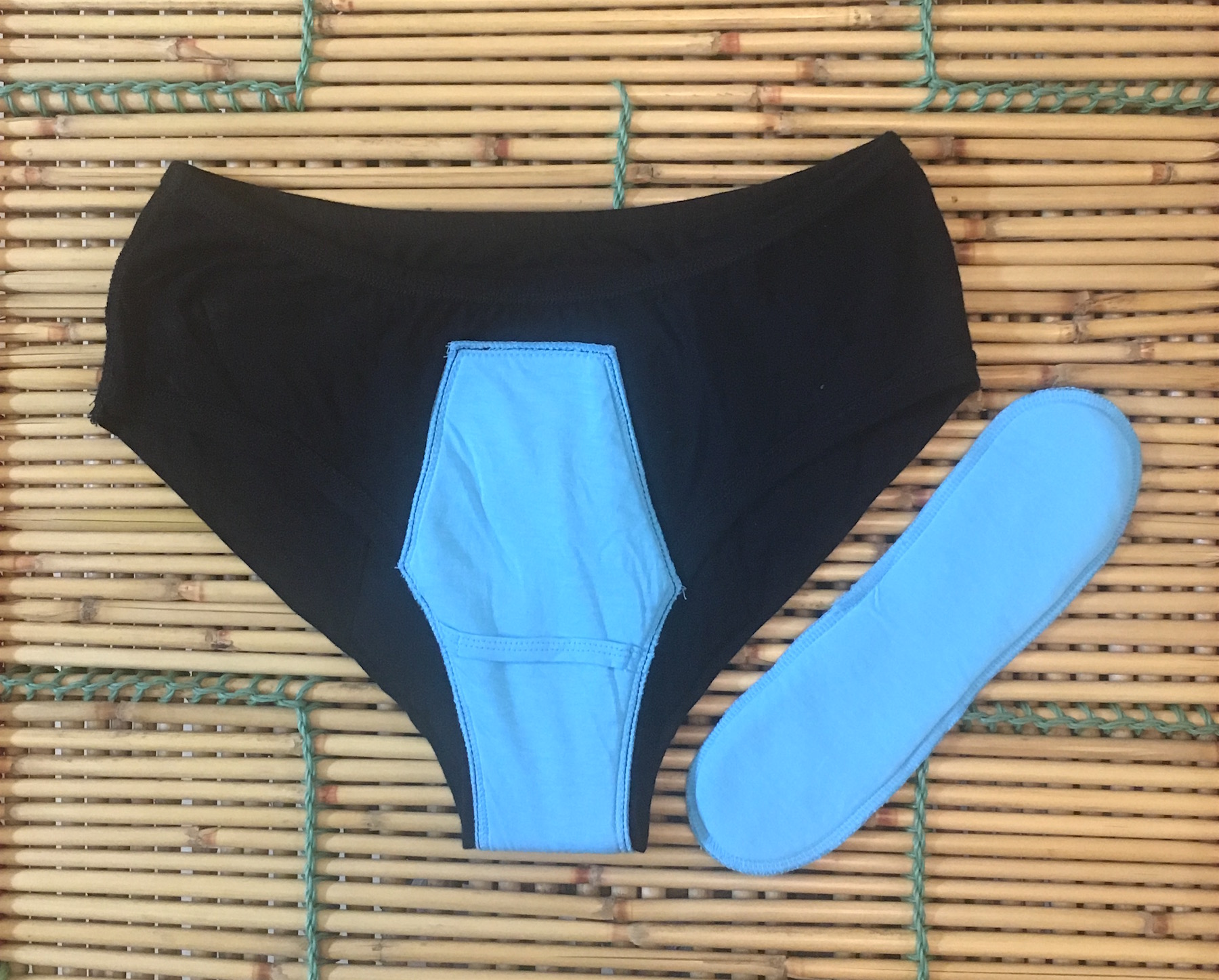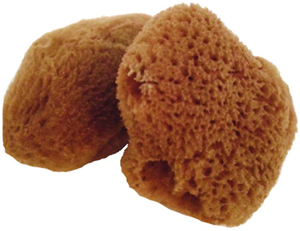Sakhi
We are all well aware about the issues related to waste management in our country. With rapid urbanisation we are consuming lot of disposal items which can’t be recycled or reused. One such item is the sanitary pad. These one-time use pads are made of plastic and hence are non-biodegradable. This menstrual waste lands in our landfills or worse in our water bodies, thus polluting our ecology.
In collaboration with Aakar Innovations, The Better India is setting up a sanitary pad manufacturing unit in Ajmer, Rajasthan, that will not only produce eco-friendly or biodegradable sanitary pads, but will also employ women from rural communities around the area.The Self Help Group (SHG) named Saheli in Pilgao village in Bicholim taluka of Goa is the first SHG in Goa to manufacture and sell eco-friendly sanitary pads.
Jayshree Parwar, with the help of three other women, has started this initiative around two years ago. These pads are manufactured at Jayshree’s home where utmost care is taken regarding hygiene and sanitation. Till now they have sold 1000 pads and they manufacture 50 packets in a day. One packet consists of eight pads and its retail cost is Rs 40. They sell it under the brand name ‘Sakhi’ bio-degradable sanitary pads. “We get all our raw material from Tamil Nadu. The main component of it is the pine wood paper. This pad when buried in mud gets degraded within eight days,” says Jayshree who has taken this initiative of making and selling these pads.

Menstrual Cup
A menstrual cup is a feminine hygiene product that is inserted into the vagina during menstruation. Its purpose is to prevent menstrual fluid (blood containing uterine lining) from leaking onto clothes. Menstrual cups are usually made of flexible medical grade silicone and shaped like a bell with a stem. The stem is used for insertion and removal. The bell-shaped cup seals against the vaginal wall just below the cervix. Every 4–24 hours (depending on the amount of flow), the cup is removed, emptied, rinsed, and reinserted.
Unlike tampons and pads, cups collect menstrual fluid rather than absorbing it.One cup is reusable for up to five years or more. This makes their long-term cost lower than that of disposable tampons or pads, though the initial cost is higher. Menstrual cups are also promoted as more practical and eco-friendly than pads and tampons.
Menstrual cups are safe when used as directed and no health risks related to their use have been found.[14][15]
No medical research was conducted to ensure that menstrual cups were safe prior to introduction on the market.[16] Early research in 1962 evaluated 50 women using a bell-shaped cup. The researchers obtained vaginal smears, gram stains, and basic aerobic cultures of vaginal secretions. Vaginal speculum examination was performed, and pH was measured. No significant changes were noted. This report was the first containing extensive information on the safety and acceptability of a widely used menstrual cup that included both preclinical and clinical testing and over 10 years of post-marketing surveillance.

PapntyPro
We knew there had to be a better, cleaner, more comfortable and graceful way to live with our period and life’s
other pesky leaks. And it turns out we’re not alone—men have their own troubles, too. Using patent-pending PapntyPro technology, it’s the proper way to be protected from leaks, stains and embarrassment.
PantyProp’s technology features smart, intuitive design. The best in the market. The built-in absorbent organic cotton gusset is perfectly angled to collect your flow immediately, ensuring stain-free comfort, and help stop front, back, or side leaks and stains. It can be worn with or without your cup, tampon or additional pad depending on flow and leak maintenance. For extra added protection, sanitary pads can be worn and locked in and securely held in place in the dri-tech mesh gusset.
What you do get: Security, comfort, leak-free peace of mind and complete discretion — you can’t see any unsightly bumps from the outside. It’s like you’re not even wearing a pad.
What you don’t get: No Leaks, slips, or chafing. Plastic, Polyurethane Laminate (PUL), or plastic. No Embarrassing odors.

Mentrual Sponges
Menstrual sponges are taking the internet by storm. Facebook groups have been formed to give fans a space where they can discuss these alternative menstrual products, while vloggers have taken to YouTube and other sites to talk about the benefits of using sponges.
Menstrual sponges are actually sea sponges taken from Bahamas, the Caribbean, the Atlantic Ocean, the Mediterranean Sea, and other locations. They have been used by women in certain societies ever since the ancient times, and they’re considered to be one of the earliest female tampons.
Commercially sold menstrual sponges have been around for some time now, but they’ve gained popularity and attracted numerous fans only in the recent years.
“But are they safe for me to use? Can they replace my favorite pad or tampon?” you might ask. Well, the answer greatly depends on your specific needs and personal preferences, so you need to do some research to find out if menstrual sponges are the right choice for you. You can start by learning about their pros and cons.
PROS OF MENSTRUAL SPONGES:
THEY’RE HIGHLY COMFORTABLE
THEY’RE 100 PERCENT NATURAL
CONS OF MENSTRUAL SPONGES:
THEY REQUIRE DILIGENT UPKEEP
THEY MAY CONTAIN DIRT AND BACTERIA
